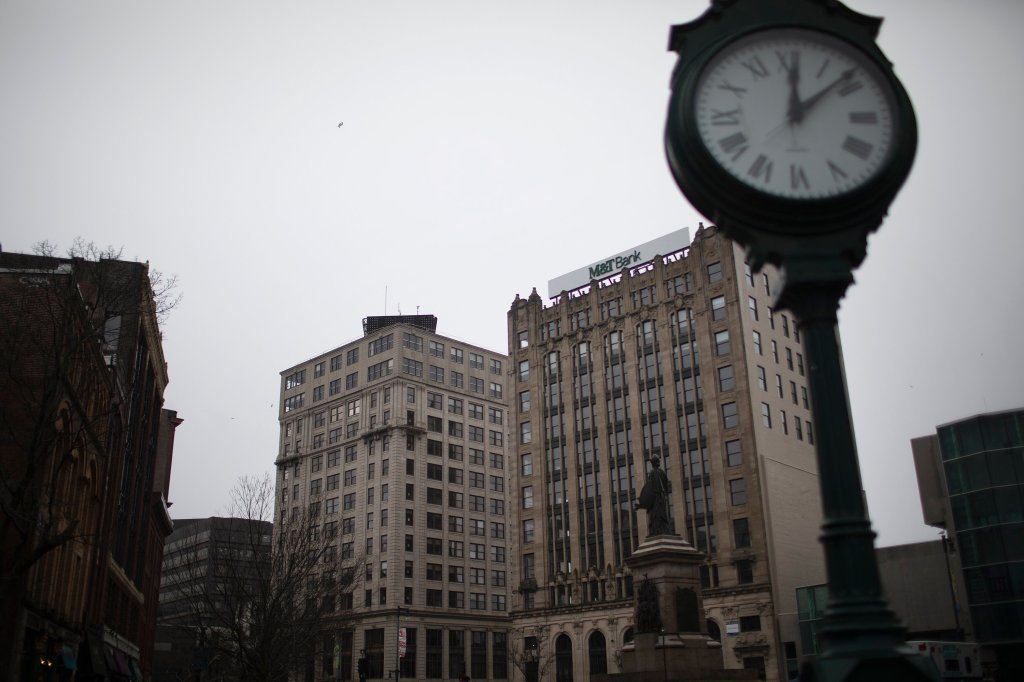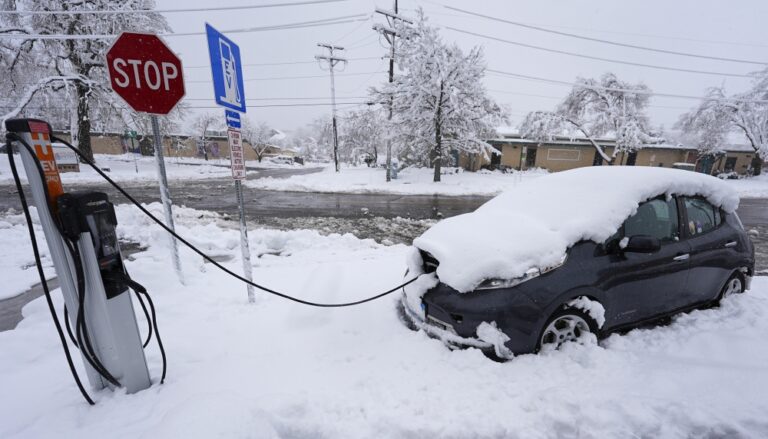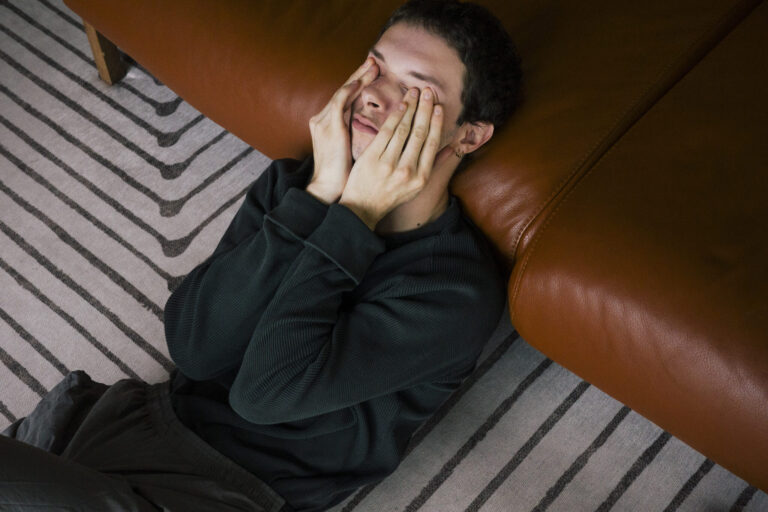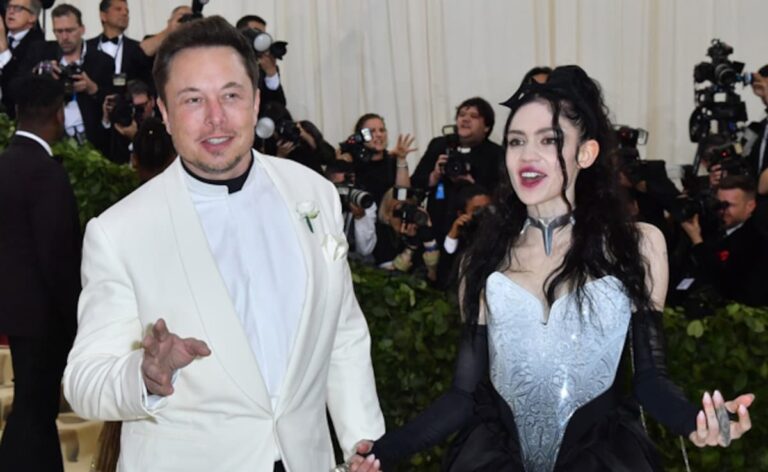
President-elect Donald Trump’s latest promise is to eliminate daylight saving time, which would mean putting the United States on standard time year-round.
Meanwhile, DOGE billionaires Elon Musk and Vivek Ramaswamy seem to want to make daylight saving time permanent. Is this just a misunderstanding? Or is the next administration divided on this issue like the rest of America?
Regardless, we must all take a stand. This is my opinion: Daylight Saving Time is superior to Standard Time, and should be used year-round.
The purpose of time keeping is to facilitate economic coordination, and daylight saving time suits our modern economy better. If the goal were simply to maximize sleep and physical health, we would all be on our own solar time—the sun being directly overhead at noon. But that would be a mess. If the goal were simply to maximize economic coordination, we would have only one (or perhaps two) time zones. But that will be especially difficult for people living near the border.
The current American system actually constitutes a compromise between our physical and economic needs. Until the General Convention of Time in 1883, which established time zones, the United States had hundreds of time zones, with each city keeping its own time. The new arrangement brought order and helped emerging industries such as the telegraph and railways to coordinate time across geography.
But timekeeping in America took a few steps back — and I’m talking strictly metaphorically — in the twentieth century, when states began requiring people to change their clocks twice a year in a misguided effort to save energy. There was also political interference for less noble reasons. Meanwhile, there are two countries that do not observe daylight saving time at all.
Globally, countries change time on different days, causing weeks of confusion and loss of economic output when it comes to international travel and trade. There is also something imperial about changing time, since it is developed countries that tend to change their clocks, keeping them out of sync with developing countries.
Finally, there is evidence that changing clocks, either forward or backward, is harmful to our health and productivity.
But ending this practice raises the question of when is the right time to adopt it. In fact, America adopted permanent daylight saving time during the 1974 energy crisis, and it was not very popular, partly because people did not like sending their children to school in the dark. The experiment, which was supposed to last two years, was canceled after 10 months.
Things have changed a lot since then. There has been a significant migration south in the last half century, which means there are fewer people who have to deal with dark mornings and more businesses that can take advantage of the light evenings. Not surprisingly, it was Florida Senator Marco Rubio who led a years-long campaign to adopt year-round daylight saving time.
It is true that children in the North still have to go to school in the dark during daylight saving time year-round. But unlike the wild kids of the 1970s, kids today are more involved in after-school activities. Many of them had already returned home in the dark, without much shouting. However, almost all school children are equipped with a flashlight, which is on their phone.
For its part, the American Sleep Medicine Association (located in the northernmost state of Illinois) prefers standard time because it is closer to solar time. But unlike the 1970s, when it comes to sleep schedules, more people are better able to stick to their time. Working from home is more popular, as are more flexible work schedules (and naps?).
Two decades ago, a research paper suggested that one of the main ways Americans keep time is through television schedules. Nowadays, people stream on their TVs or phones. My point is not that we all need to stop using Netflix; Although our sleep may not be as sensitive as we once thought to what the clock says, our economic activity is. Our economy would be better off with year-round daylight saving time.
Copy the story link






